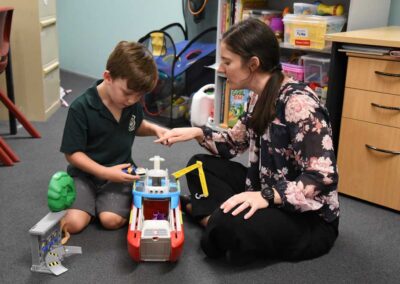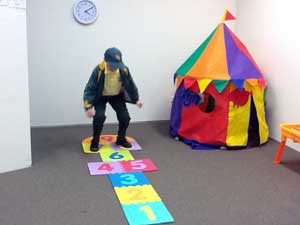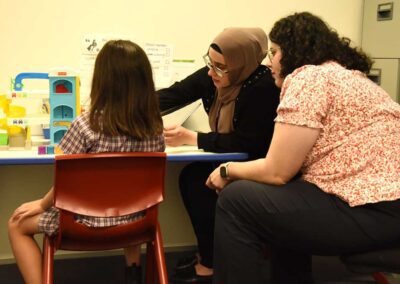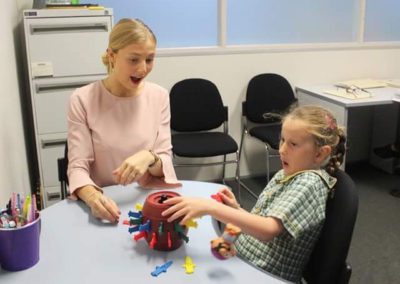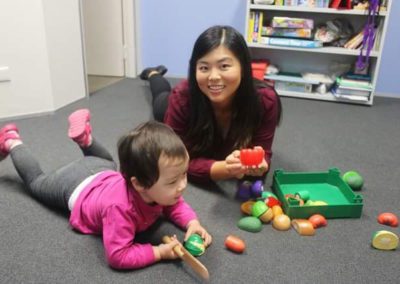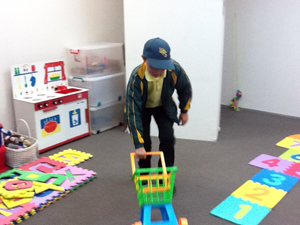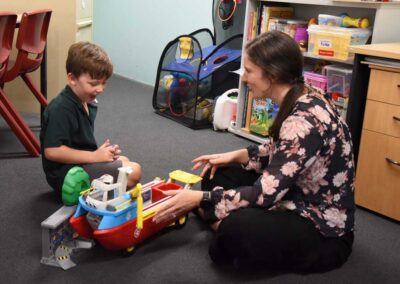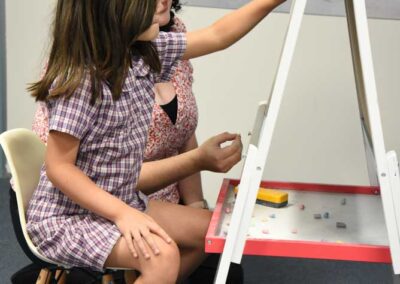As a parent, your child’s voice is one of the most precious sounds in your world. It’s how they express their thoughts, emotions, and unique personality. However, just like any other part of their body, a child’s voice can experience challenges or develop issues that may need attention. Understanding how to recognise potential voice problems and knowing what steps to take can make a big difference in ensuring your child’s vocal health.

Recognising Voice Problems in Children
Children’s voices naturally vary in pitch, volume, and tone depending on their age, mood, and activity level. However, there are some signs that could indicate a potential voice problem:
- Hoarseness or Roughness: If your child’s voice sounds consistently hoarse, raspy, or strained, this might be a sign of vocal strain or irritation.
- Persistent Loss of Voice: Occasional voice loss after cheering at a game or speaking loudly is normal, but frequent or prolonged voice loss can indicate an underlying issue.
- Strained or Effortful Voice: If your child seems to push or strain to produce sound, or if speaking seems to require a lot of effort, this could signal a problem with their vocal cords.
- Changes in Pitch: An unusually high or low pitch that seems inconsistent with their age or typical voice may warrant further investigation.
- Breathy or Weak Voice: A voice that sounds consistently breathy or lacks strength could indicate a problem with how the vocal cords are coming together.
- Frequent Throat Clearing: Constant throat clearing can be a symptom of irritation or a compensatory behavior for voice discomfort.
If you notice any of these signs persisting for more than two weeks, it’s a good idea to consult a speech therapist or pediatrician for further evaluation.
Common Causes of Voice Problems in Children
Voice problems in children can stem from a variety of causes, including:
- Vocal Overuse or Misuse: Yelling, shouting, or talking loudly for extended periods can strain the vocal cords, leading to issues like vocal nodules.
- Illness or Allergies: Upper respiratory infections, allergies, or acid reflux can irritate the throat and vocal cords.
- Structural Issues: In some cases, anatomical differences or conditions like vocal cord paralysis may affect voice production.
- Psychological Factors: Stress or anxiety can sometimes lead to vocal tension or changes in voice quality.

When to Seek Help
While some voice changes may resolve on their own, persistent issues should not be ignored. If your child’s voice problem lasts longer than two weeks, or if it’s impacting their ability to communicate or participate in daily activities, it’s time to seek professional advice. Early intervention can prevent minor issues from developing into more significant problems.

At Speak Learn and Grow, we understand how vital your child’s voice is to their overall well-being and communication. If you have any concerns about your child’s voice or would like more information, please don’t hesitate to contact us.
Your child’s voice deserves to be heard, loud and clear. Let’s work together to ensure it stays that way!

